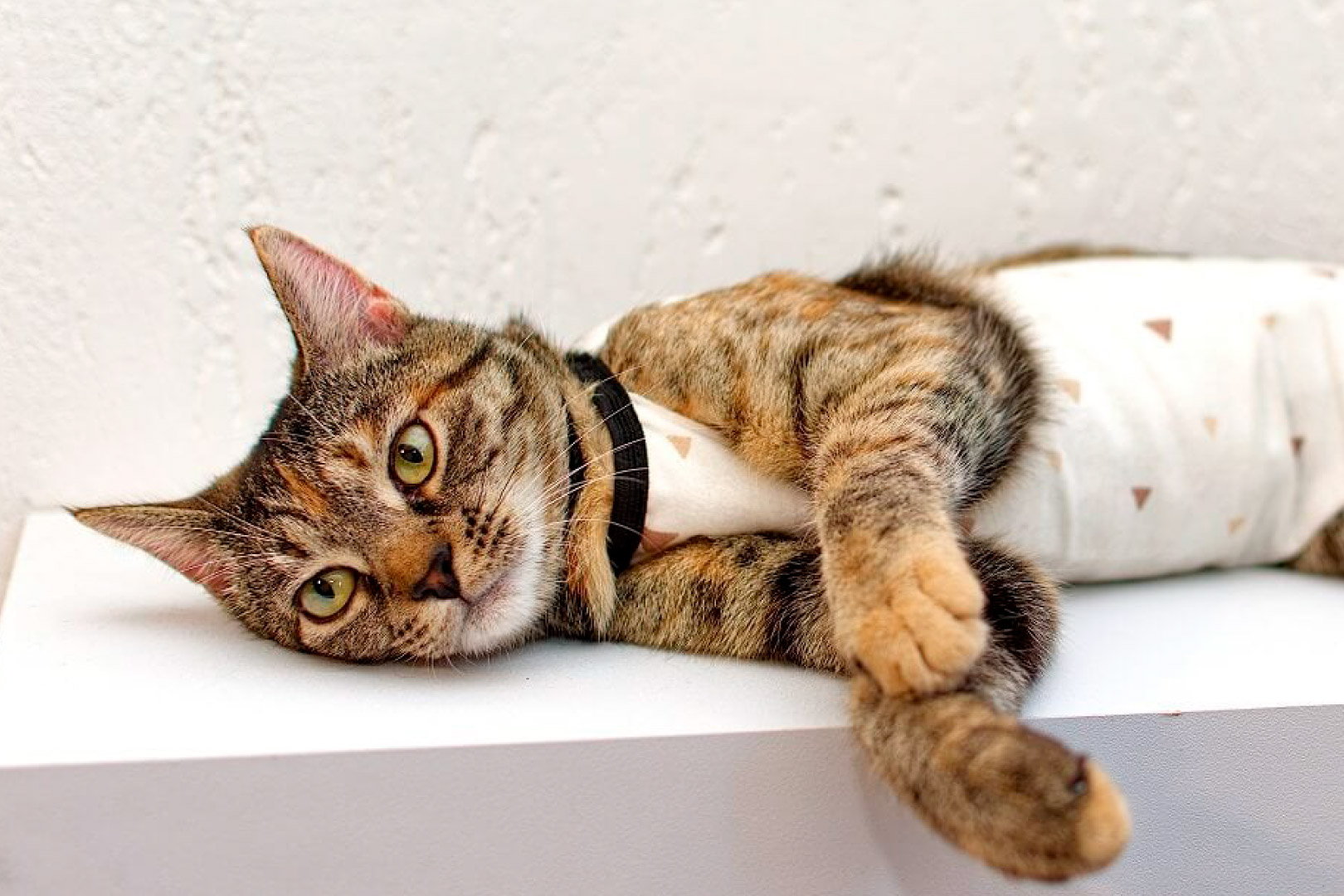Spaying and neutering are safe, responsible, and widely recommended procedures that can improve your pet’s quality of life and longevity. Don’t let misinformation keep you from doing what’s best for your dog or cat.
In this article, we break down the most common myths and offer clear facts to help you make the best decision for your pet.
MYTH: Spaying or neutering changes your pet’s personality
FACT: The procedure does not change your pet’s core personality. Your dog or cat will still enjoy their toys, be playful or affectionate just like before. However, certain behaviors like aggression, marking territory, or roaming may decrease—especially in males. These are usually positive changes that make everyday life easier for both pets and owners.
MYTH: A female should have at least one litter before being spayed
FACT: There are no health benefits to letting a female have a litter before being spayed. In fact, early spaying significantly reduces the risk of mammary tumors and completely eliminates the risk of pyometra—a serious and potentially life-threatening uterine infection. The ideal time for the procedure depends on the animal’s species and size, so consult your vet.
MYTH: It’s unnatural and cruel
FACT: Quite the opposite—spaying and neutering are acts of care and responsibility. Dogs and cats do not experience family bonds or reproduction in the same emotional way humans do. Uncontrolled breeding contributes to shelter overpopulation, abandonment, and an increase in stray animals—negatively affecting both animal welfare and public safety.
MYTH: Pets become overweight after being spayed/neutered
FACT: Hormonal changes after the procedure may slightly lower metabolism, but weight gain is not a direct result of spaying or neutering. Obesity occurs due to overeating and lack of physical activity. With a proper diet and regular exercise, your pet can stay healthy and fit after surgery.
MYTH: Spaying and neutering are expensive and unnecessary
FACT: The cost of spaying or neutering is far lower than the potential expenses of treating illnesses (like tumors or infections), dealing with unwanted litters, or managing behavioral issues. Many communities offer subsidies or discounted services, and some shelters and clinics even run free spay/neuter campaigns.
If you have questions or want to know more, speak to your veterinarian—every animal is unique and deserves personalized care.



